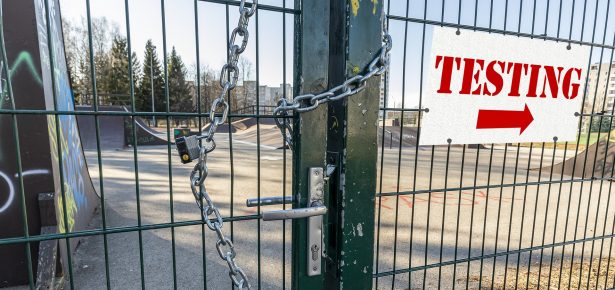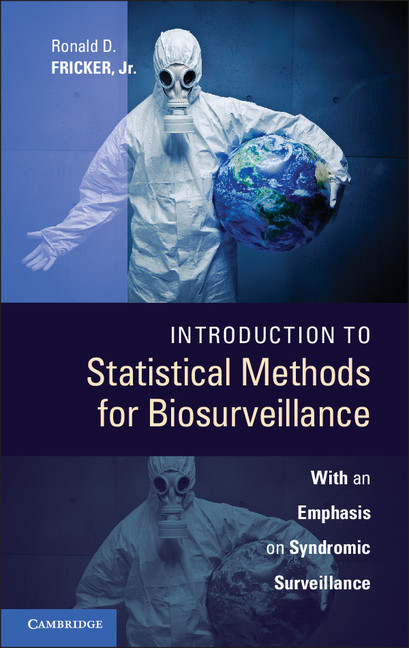
Stories help us understand and explain what we see in the world and they can be a powerful way of passing on knowledge. But misleading or incorrect stories can be confusing at best and harmful at worst. One story that is making the rounds today says that the number of COVID-19 cases is increasing only because we are doing more testing.
That story is partially true: more testing will generally result in identifying more cases. As the President of the United States tweeted on July 4th, “Cases, Cases, Cases! If we didn’t test so much and so successfully, we would have very few cases.” Now, the President is right that if we tested less we would certainly have fewer cases. The problem with this, however, is the implication that fewer cases means fewer people infected with COVID-19. That is simply not true. If we stop testing, COVID-19 does not cease to exist. We just stop observing it. If a COVID-19 positive person is not tested they will still have the virus – we just won’t know it.
This may seem pretty obvious, but it actually involves a fairly subtle concept. Testing provides us with data that can be used to understand the incidence and prevalence of COVID-19. These data are what we observe about the disease. But it is important not to confuse what has been observed via testing with the true extent of COVID-19 infection in the population. As everyone knows, any set of data may have issues that make them a more or less accurate, but the data – good, bad, or otherwise – do not change the actual incidence of COVID-19.
Consider the following example. In the morning I like to eat bran flakes with raisins. The raisin bran company manufactures my cereal with some ratio of raisins to bran flakes, which I don’t know but would like to figure out. I can learn something about the ratio by pouring a bowl of cereal, taking spoonfuls of it one at a time, and observing how many raisins I get. That’s my data. The more spoons of cereal I take, the more raisins I observe. But here’s the thing: whether I take one spoonful or twenty or none, the bowl of cereal has the same number of raisins in it. Taking fewer spoonfuls doesn’t decrease the number of raisins in the bowl. The underlying truth doesn’t change, just what I observe.
In other contexts, the difference is clear: Try telling the officer who pulls you over that you couldn’t have been speeding because you weren’t watching your speedometer. Would it make any sense to argue that it stopped raining outside because you stopped looking out the window? Is a woman any less pregnant because she didn’t take a pregnancy test?

It is no different with COVID-19 and testing. Yes, as we test more we are likely to see a more cases. That’s a good thing. When we test, we are trying to learn about COVID-19, particularly who has it and how best to intervene. To do less testing is to be like the proverbial ostrich that puts its head in the sand mistakenly thinking that if it can’t see its attacker, then the attacker can’t see it. But COVID-19 is agnostic about whether we observe it or not; we aren’t going to be able to avoid the virus by not testing. By failing to test and test widely, we will end up observing COVID-19 in different and more dangerous ways: by the number of hospitalized people; by the number of people on ventilators; and by the number of people who die.
Returning to the cereal example: if the goal is to most accurately determine the ratio of raisins to bran flakes in a bowl of cereal, then the best strategy is to take as many spoonfuls of cereal as possible. Similarly, if we want to understand the spread of COVID-19, then we must test as often and as widely as possible. Yes, more testing will result in more cases, but just like taking more spoonfuls of cereal doesn’t change the number of raisins in the cereal bowl, more testing does not change the true extent of COVID-19.
So, let’s tell the correct story: with more testing, we can better find and help those who have the virus, we can get past this pandemic quicker, and we can open the economy safely. The alternative is to buy into a harmful and counterproductive narrative that amounts to nothing so much as ostrich-like hiding in full sight of an approaching predator. Not very smart.

Latest Comments
Have your say!